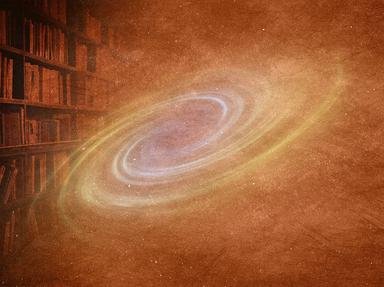Quiz Answer Key and Fun Facts
1. When we left the Greek world in the second quiz, the Platonic revolution was in full flux. Plato's greatest pupil was undoubtedly Aristotle, a student who disagreed with his master about a great many things. However, in the realm of astronomy their differences weren't so pronounced. Which of these is not true of Aristotle and his cosmological belief system?
2. Bucking the Platonic trend was another student of Plato, Heracleides of Pontus. Contrary to the system being developed by the Platonists and the Aristotelians, Heracleides asserted which of the following hypotheses?
3. Perhaps the greatest of ancient astronomers was Aristarchus, who lived from c. 310 to 230 B.C.E. Which of these facts is most associated with Aristarchus?
4. Aristarchus' contributions to astronomy were so significant, he really does deserve two separate questions. With which of these astronomical measurements is Aristarchus associated?
5. Another of the greats of the 3rd century B.C.E. was this man, whose greatest contribution to the astronomical science was his very accurate measurement of the Earth's diameter. Who was this Alexandrian scientist?
6. In 240 B.C.E. the first known recording of Halley's comet was taken by astronomers of which culture?
7. It is most likely that which of these navigational instruments that utilize astronomical objects for measurement was first perfected by the Greeks in the 3rd century B.C.E.?
8. Aside from Aristarchus, the other giant in the ancient world of astronomy was Hipparchus. Where was Hipparchus active for most of his career as an astronomer?
9. Hipparchus was involved in so many large astronomical projects that it might be good to ask a question about what a project with which he was NOT involved. With which of these endeavors was Hipparchus not associated?
10. The greatest champion of Aristarchus' theoretical ideas was this man, who is also known for his theories on the nature of the Earth's tidal cycle. What was his name?
Source: Author
thejazzkickazz
This quiz was reviewed by FunTrivia editor
crisw before going online.
Any errors found in FunTrivia content are routinely corrected through our feedback system.
